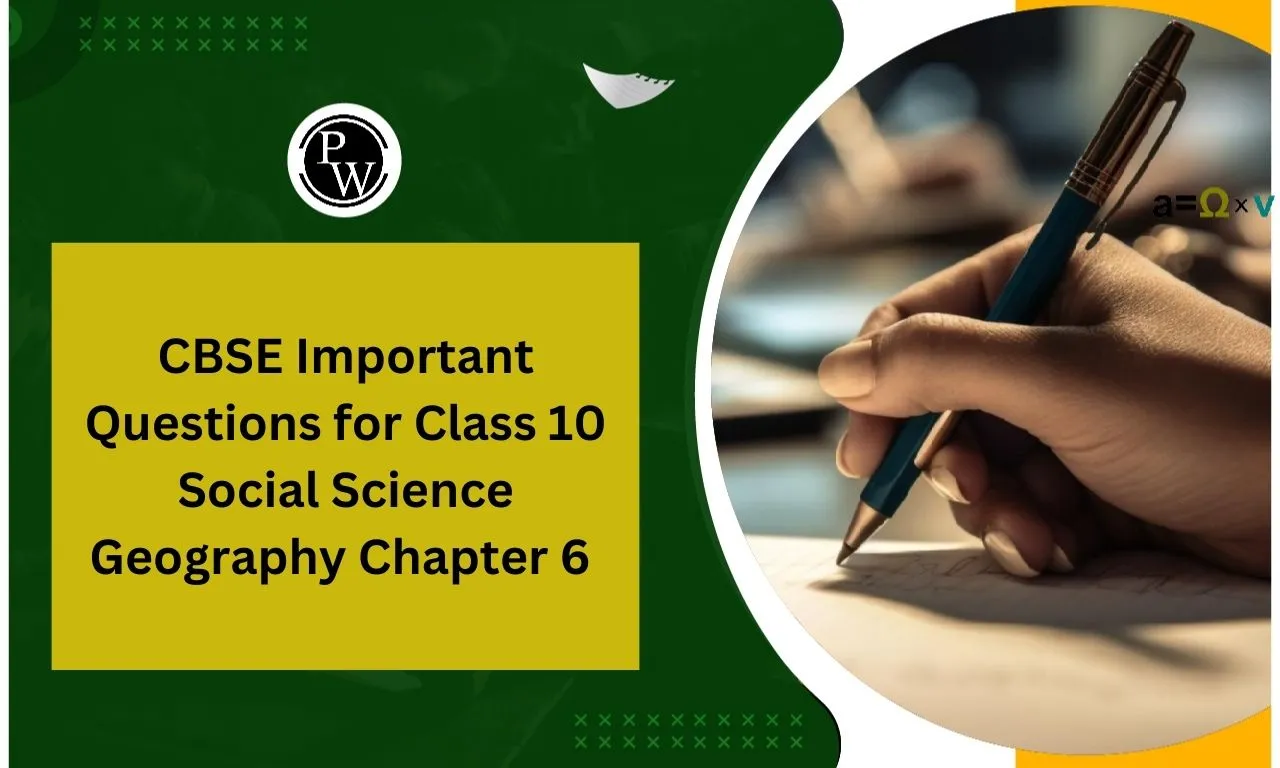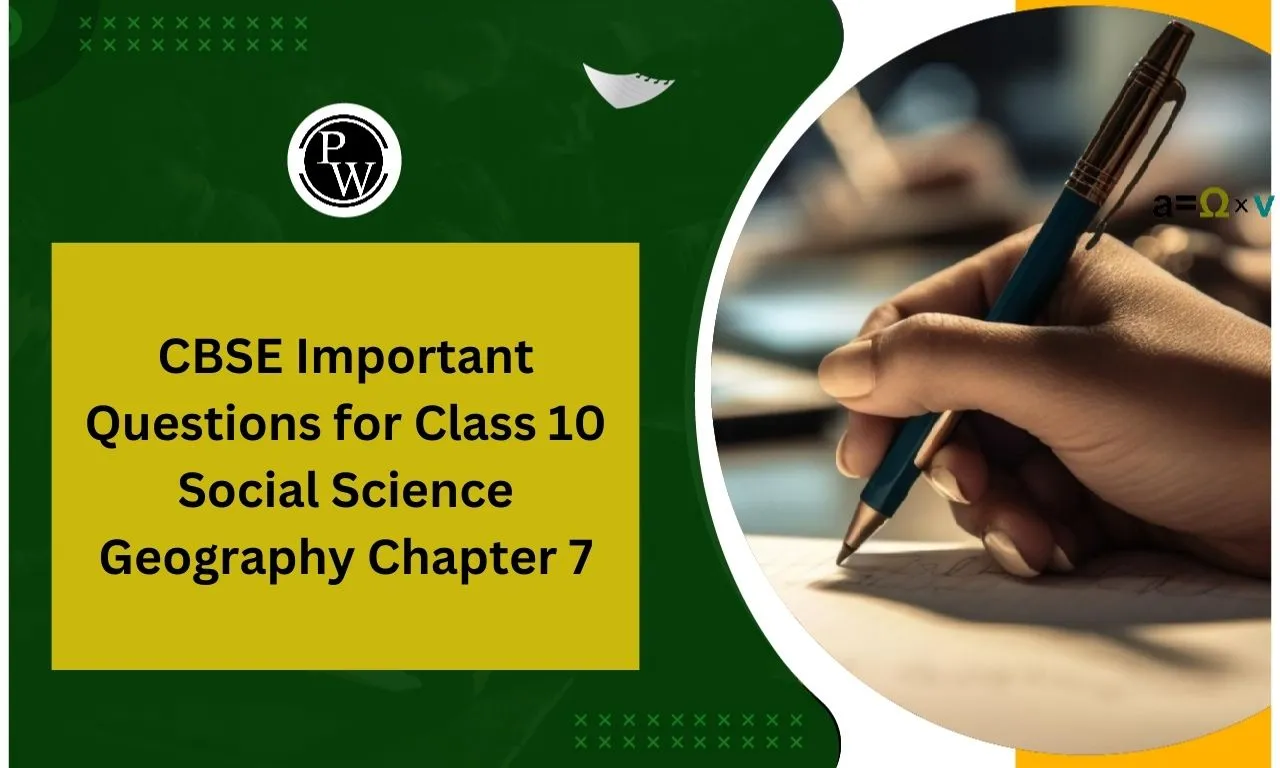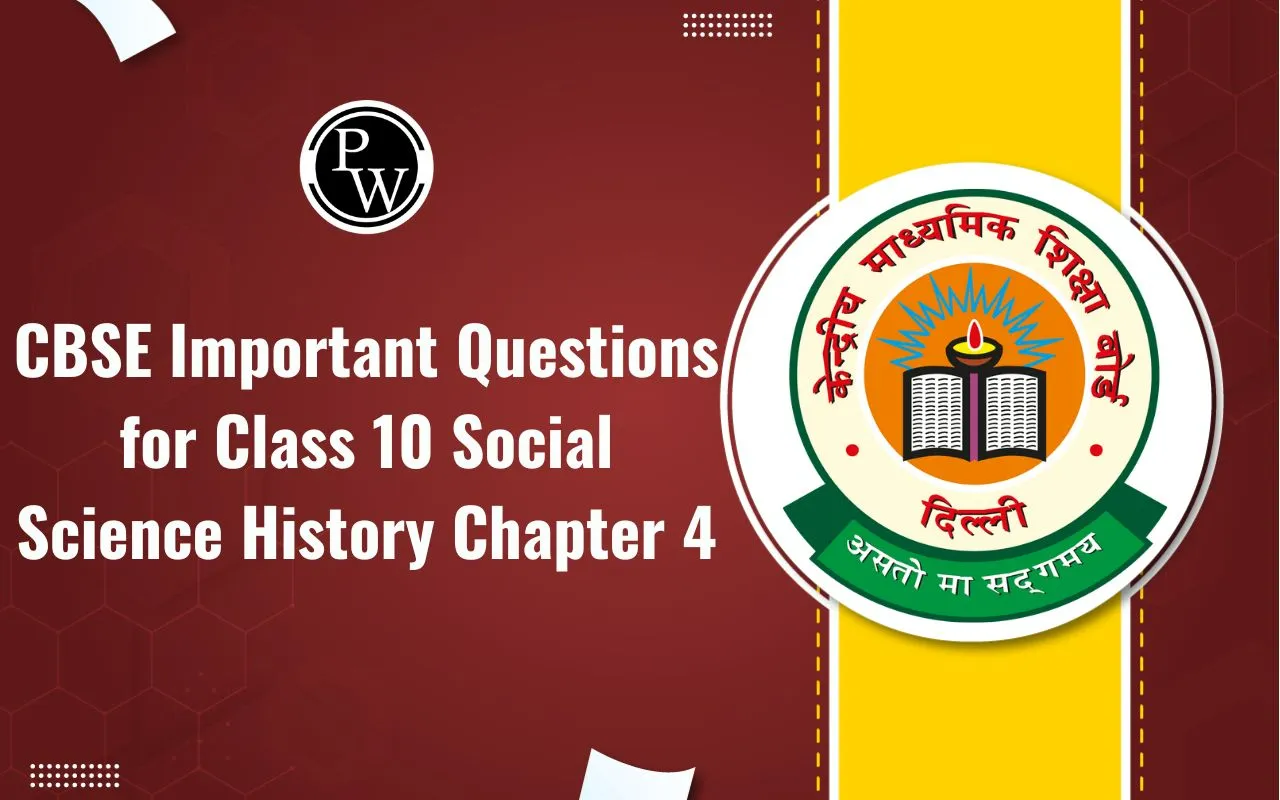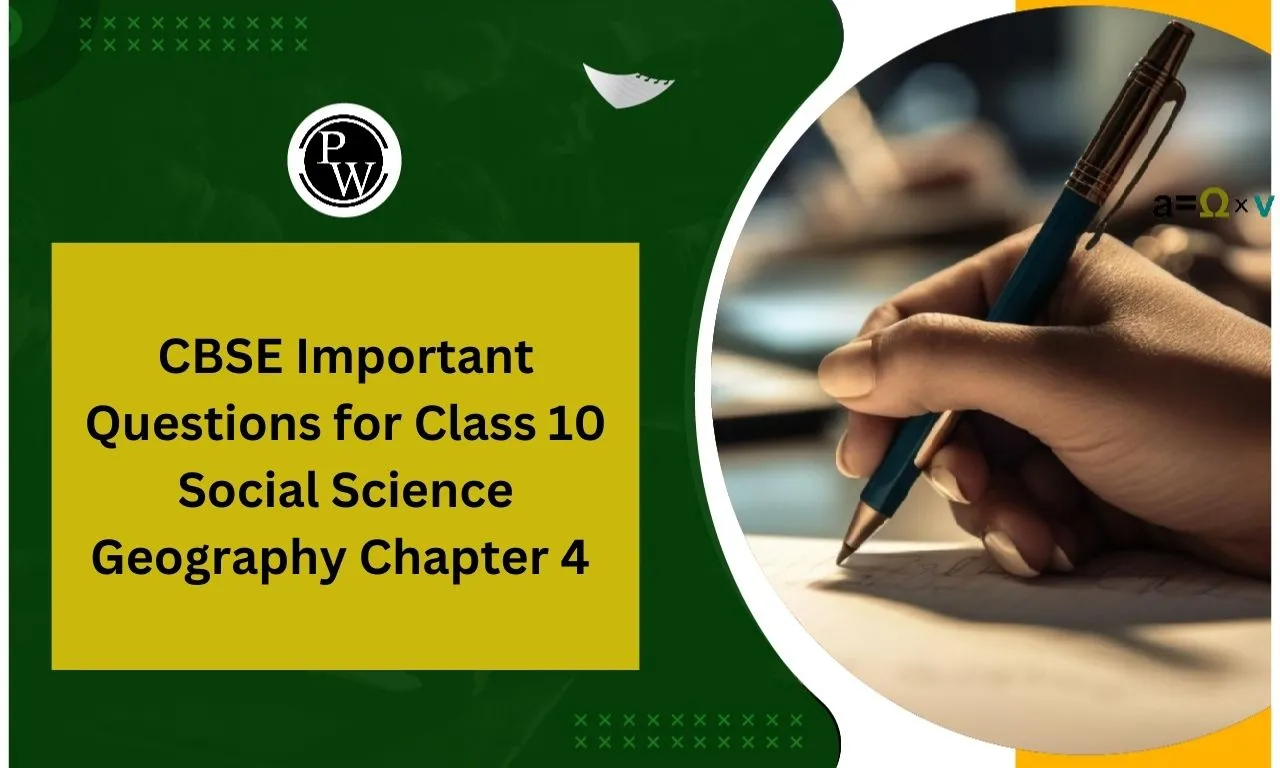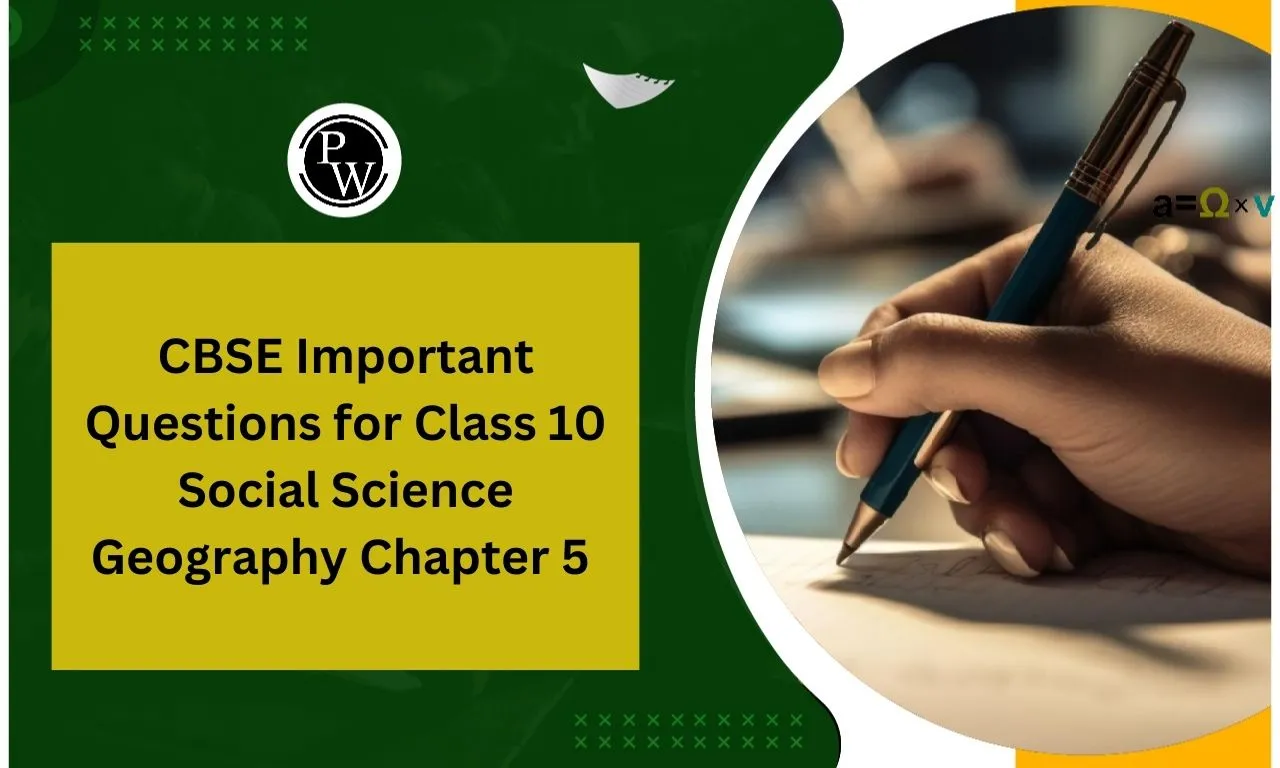
NCERT Solutions for Class 10 Maths Chapter 13 Exercise 13.2: NCERT Solutions for Class 10 Maths Chapter 13 Exercise 13.2 focus on advanced concepts of Statistics, including calculation and interpretation of measures like the mean, median, and mode of grouped data.
The exercise helps students understand and solve problems related to cumulative frequency distribution and graphical representation through ogives (cumulative frequency curves). Detailed solutions provide step-by-step methods, making it easier for students to grasp concepts and improve problem-solving skills. These solutions are aligned with the latest NCERT curriculum and are essential for building a strong foundation in Statistics, a crucial topic for board exams and practical applications in real-life scenarios.NCERT Solutions for Class 10 Maths Chapter 13 Exercise 13.2 Overview
NCERT Solutions for Class 10 Maths Chapter 13 Exercise 13.2 provide a comprehensive understanding of Statistics, focusing on key concepts like the mean, median, and mode of grouped data, cumulative frequency, and ogives. These solutions are crucial for mastering data interpretation, a vital skill for academics and real-life applications. By offering step-by-step explanations, they simplify complex calculations, enhancing problem-solving abilities. Statistics has broad applications in various fields like economics, social sciences, and research, making this exercise essential. Preparing with these solutions ensures a solid foundation for board exams and develops analytical skills important for higher studies and future careers.NCERT Solutions for Class 10 Maths Chapter 13 Exercise 13.2 PDF Download
NCERT Solutions for Class 10 Maths Chapter 13 Exercise 13.2 Statistics
Below is the NCERT Solutions for Class 10 Maths Chapter 13 Exercise 13.2 Statistics -1. The following table shows the ages of the patients admitted to a hospital during a year:
| Age (in years) | 5-15 | 15-25 | 25-35 | 35-45 | 45-55 | 55-65 |
| Number of patients | 6 | 11 | 21 | 23 | 14 | 5 |
Find the mode and the mean of the data given above. Compare and interpret the two
measures of central tendency.
Solution: To find out the modal class, let us the consider the class interval with high frequency. Here, the greatest frequency = 23, so the modal class = 35 – 45, Lower limit of modal class = l = 35, class width (h) = 10, f m = 23, f 1 = 21 and f 2 = 14 The formula to find the mode is Mode = l + [(f m – f 1 )/ (2f m – f 1 – f 2 )] × h Substitute the values in the formula, we get Mode = 35+[(23-21)/(46-21-14)]×10 = 35 + (20/11) = 35 + 1.8 = 36.8 years So the mode of the given data = 36.8 years Calculation of Mean: First find the midpoint using the formula, x i = (upper limit +lower limit)/2| Class Interval | Frequency (f i ) | Mid-point (x i ) | f i x i |
| 5-15 | 6 | 10 | 60 |
| 15-25 | 11 | 20 | 220 |
| 25-35 | 21 | 30 | 630 |
| 35-45 | 23 | 40 | 920 |
| 45-55 | 14 | 50 | 700 |
| 55-65 | 5 | 60 | 300 |
| Sum f i = 80 | Sum f i x i = 2830 |
2. The following data gives the information on the observed lifetimes (in hours) of 225
electrical components:
| Lifetime (in hours) | 0-20 | 20-40 | 40-60 | 60-80 | 80-100 | 100-120 |
| Frequency | 10 | 35 | 52 | 61 | 38 | 29 |
Determine the modal lifetimes of the components.
Solution: From the given data the modal class is 60–80. Lower limit of modal class = l = 60, The frequencies are: f m = 61, f 1 = 52, f 2 = 38 and h = 20 The formula to find the mode is Mode = l+ [(f m – f 1 )/(2f m – f 1 – f 2 )] × h Substitute the values in the formula, we get Mode = 60 + [(61 – 52)/ (122 – 52 – 38)] × 20 Mode = 60 + [(9 × 20)/32] Mode = 60 + (45/8) = 60 + 5.625 Therefore, modal lifetime of the components = 65.625 hours.3. The following data gives the distribution of total monthly household expenditure of 200
families of a village. Find the modal monthly expenditure of the families. Also, find the
mean monthly expenditure:
| Expenditure (in Rs.) | Number of families |
| 1000-1500 | 24 |
| 1500-2000 | 40 |
| 2000-2500 | 33 |
| 2500-3000 | 28 |
| 3000-3500 | 30 |
| 3500-4000 | 22 |
| 4000-4500 | 16 |
| 4500-5000 | 7 |
| Class Interval | f i | x i | d i = x i – a | u i = d i /h | f i u i |
| 1000-1500 | 24 | 1250 | -1500 | -3 | -72 |
| 1500-2000 | 40 | 1750 | -1000 | -2 | -80 |
| 2000-2500 | 33 | 2250 | -500 | -1 | -33 |
| 2500-3000 | 28 | 2750 = a | 0 | 0 | 0 |
| 3000-3500 | 30 | 3250 | 500 | 1 | 30 |
| 3500-4000 | 22 | 3750 | 1000 | 2 | 44 |
| 4000-4500 | 16 | 4250 | 1500 | 3 | 48 |
| 4500-5000 | 7 | 4750 | 2000 | 4 | 28 |
| f i = 200 | f i u i = -35 |
4. The following distribution gives the state-wise teacher-student ratio in higher secondary schools of India. Find the mode and mean of this data. Interpret the two measures
| No of students per teacher | Number of states / U.T |
| 15-20 | 3 |
| 20-25 | 8 |
| 25-30 | 9 |
| 30-35 | 10 |
| 35-40 | 3 |
| 40-45 | 0 |
| 45-50 | 0 |
| 50-55 | 2 |
| Class Interval | Frequency (f i ) | Mid-point (x i ) | f i x i |
| 15-20 | 3 | 17.5 | 52.5 |
| 20-25 | 8 | 22.5 | 180.0 |
| 25-30 | 9 | 27.5 | 247.5 |
| 30-35 | 10 | 32.5 | 325.0 |
| 35-40 | 3 | 37.5 | 112.5 |
| 40-45 | 0 | 42.5 | 0 |
| 45-50 | 0 | 47.5 | 0 |
| 50-55 | 2 | 52.5 | 105.0 |
| Sum f i = 35 | Sum f i x i = 1022.5 |
5. The given distribution shows the number of runs scored by some top batsmen of the world in one- day international cricket matches.
| Run Scored | Number of Batsman |
| 3000-4000 | 4 |
| 4000-5000 | 18 |
| 5000-6000 | 9 |
| 6000-7000 | 7 |
| 7000-8000 | 6 |
| 8000-9000 | 3 |
| 9000-10000 | 1 |
| 10000-11000 | 1 |
Find the mode of the data.
Solution: Given data: Modal class = 4000 – 5000, l = 4000, class width (h) = 1000, f m = 18, f 1 = 4 and f 2 = 9 Mode Formula: Mode = l + [(f m – f 1 )/ (2f m – f 1 – f 2 )] × h Substitute the values Mode = 4000 + [(18 – 4)/ (36 – 4 – 9)] × 1000 = 4000 + (14000/23) = 4000 + 608.695 = 4608.695 = 4608.7 (approximately) Thus, the mode of the given data is 4608.7 runs.6. A student noted the number of cars passing through a spot on a road for 100 periods each of 3 minutes and summarized it in the table given below. Find the mode of the data:
| Number of cars | Frequency |
| 0-10 | 7 |
| 10-20 | 14 |
| 20-30 | 13 |
| 30-40 | 12 |
| 40-50 | 20 |
| 50-60 | 11 |
| 60-70 | 15 |
| 70-80 | 8 |
Benefits of Using NCERT Solutions for Class 10 Maths Chapter 13 Exercise 13.2
Concept Clarity : Step-by-step explanations simplify complex topics like mean, median, mode, and cumulative frequency, making them easier to understand.
Exam Preparation : Solutions align with the NCERT syllabus, ensuring students are well-prepared for board exams.
Time Management : Solved examples teach efficient problem-solving techniques, helping students solve questions faster during exams.
Strong Foundation : Builds a solid understanding of Statistics, a topic with applications in higher studies and real-life scenarios.
Self-Learning : The solutions provide clear guidance, enabling students to learn independently.
Error-Free Answers : Ensures accurate and reliable solutions for better learning outcomes.
NCERT Solutions for Class 10 Maths Chapter 13 Exercise 13.2 FAQs
What is good knowledge of statistics?
What skill is statistics?
What are the 4 stages of statistics?
What are the two main types of statistics?




